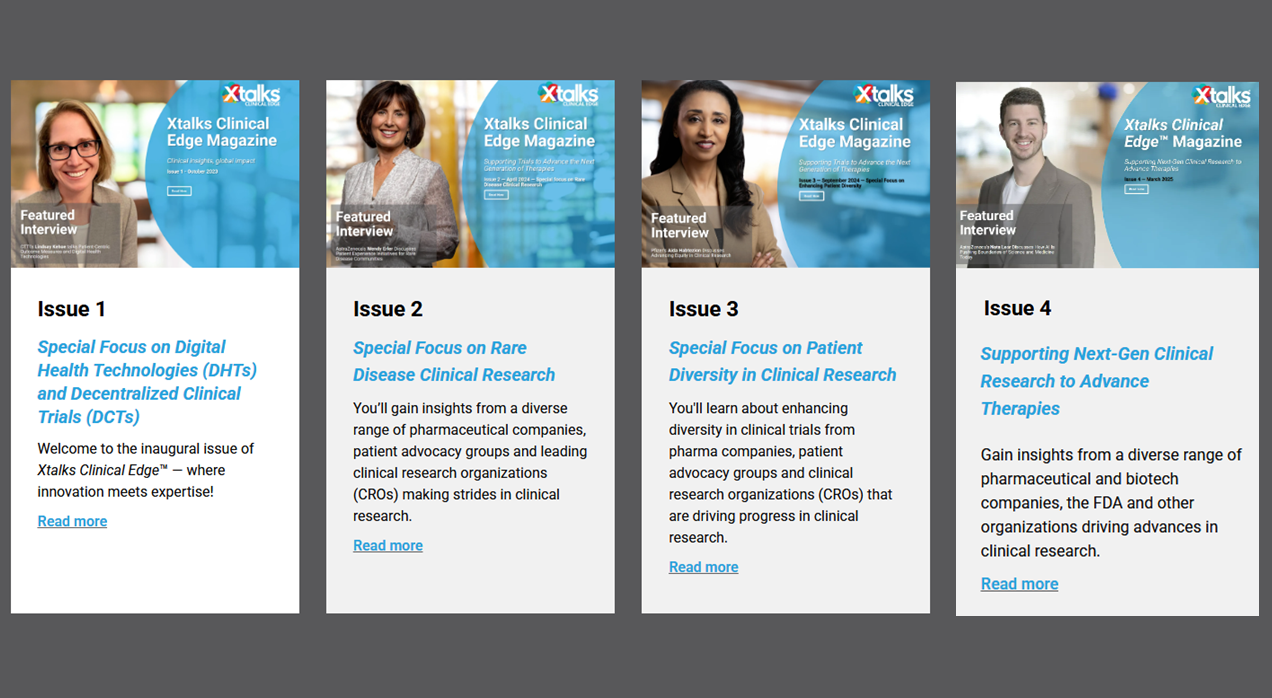A webinar series is a sequence of webinars falling under the same main topic. Whereas a standalone webinar is a single online event. A series tends to break down one main topic into its components or related concepts across a chain of webinars. Although the difference between the two is pretty self-explanatory, the results of each approach can be quite different. This will depend on the content you choose to communicate. Read on to learn why a webinar series can prove to be an effective webinar marketing strategy and how to produce content for a series.
Establish Expert Status
A webinar series has strong potential to show people that you are an expert in the content being discussed. A series allows you to explore multiple aspects of a topic allowing you to market your experts as trusted thought leaders in the field. However, it is important to keep in mind that the information must be valuable for the webinar attendees. Whether they be current or prospective clients. Make sure that each event covers enough new material compared to the other webinars in the series. As redundant information can result in lower attendance rate for subsequent webinars.
Gather a Loyal Audience
Running a webinar series can be one of the most effective ways of growing a consistently engaged audience. Even if attendance rates drop after the first few webinars, the last few remaining attendees that have attended all of the webinars are actually your committed audience members. This devoted audience will more likely become sales prospects, subscribers, or potential clients.
Organizing your Webinar Series
Each event in an Xtalks webinar series usually has a direct link to the other webinars on their webpage (see image below). Attendees can easily navigate to the other linked webinars to decide whether they are interested in continuing with the series. Or they can catch up on events they might have missed by registering for the recorded version. Take, for example, our webinar series on Rare Disease Clinical Research.

Another example of how webinars in a series can be linked to one another can be found on the page for this webinar: Quality In, Quality Out: Exploring Pharmaceutical and Medical Device Supplier Quality Management. When visitors to the page scroll down to the very bottom, they’ll be able to see links to all four parts of this series in a dedicated “Related Webinars” section. This way attendees are able to view the upcoming topics beforehand and sign up early if interested.

Map Your Webinar Series Content to Stages of a Sales Cycle
When planning your webinar series, mapping your content to stages of a sales cycle can enhance your marketing strategy. A sales cycle can help marketers identify the awareness, lead nurturing or buying stages of the process. Thus, you are able to effectively produce the right content for each stage of the sales cycle in your series.
Below are the stages of the sales cycle.
-
Awareness
The cognizance/awareness stage is an introduction to the problem, hurdle, initial question or perspective for a specific topic. Introducing the main concern or topic within a problem-solution context is an effective way to market your webinar content from the start of the series. Here is an example of how Syneos Health started their webinar series with an explanation of the lack of representation of minority groups in biomedical research. Then there were potential solutions provided which can increase patient diversity.
-
Research & Exploration
The research and exploration stage is focused on introducing challenges. The stage also offers valuable solutions through problem solving tactics, benefits, pitfalls and strategies. In this stage, you can take a deeper dive into the main topic or concern. Aim to identify your brand as the solution provider here.
-
Comparison
The comparison stage is where you introduce specific details about methods, optimizations, features and details. Specific case studies, video examples or handouts can be useful for this stage of the sales cycle. This is an effective way to keep the audience engaged especially with specific case studies.
-
Purchase
Lastly, the purchase stage can showcase the competitive advantages of your organization. How do you stand out from the competition? Mention what makes you different in the last event. In this stage you may also wish to speak about more complex issues. You may also feature a longer Q&A session with handouts.
Running several webinars can result in more chances for attendees to engage with your company’s products or services. Attendees can gain a more in-depth learning experience into their topic of interest and may even become loyal subscribers or clients due to your brand’s expertise on the subject matter.
Hence, incorporating a series in your next webinar marketing strategy can prove to be highly valuable. Even more so than hosting one-off events if your goals include establishing thought leadership in your field.
Xtalks has hosted numerous webinar series for the B2B life science, medical device and food industries. If you are looking to start your next webinar series and need more guidance on constructing the right content, make sure to contact us.












Join or login to leave a comment
JOIN LOGIN